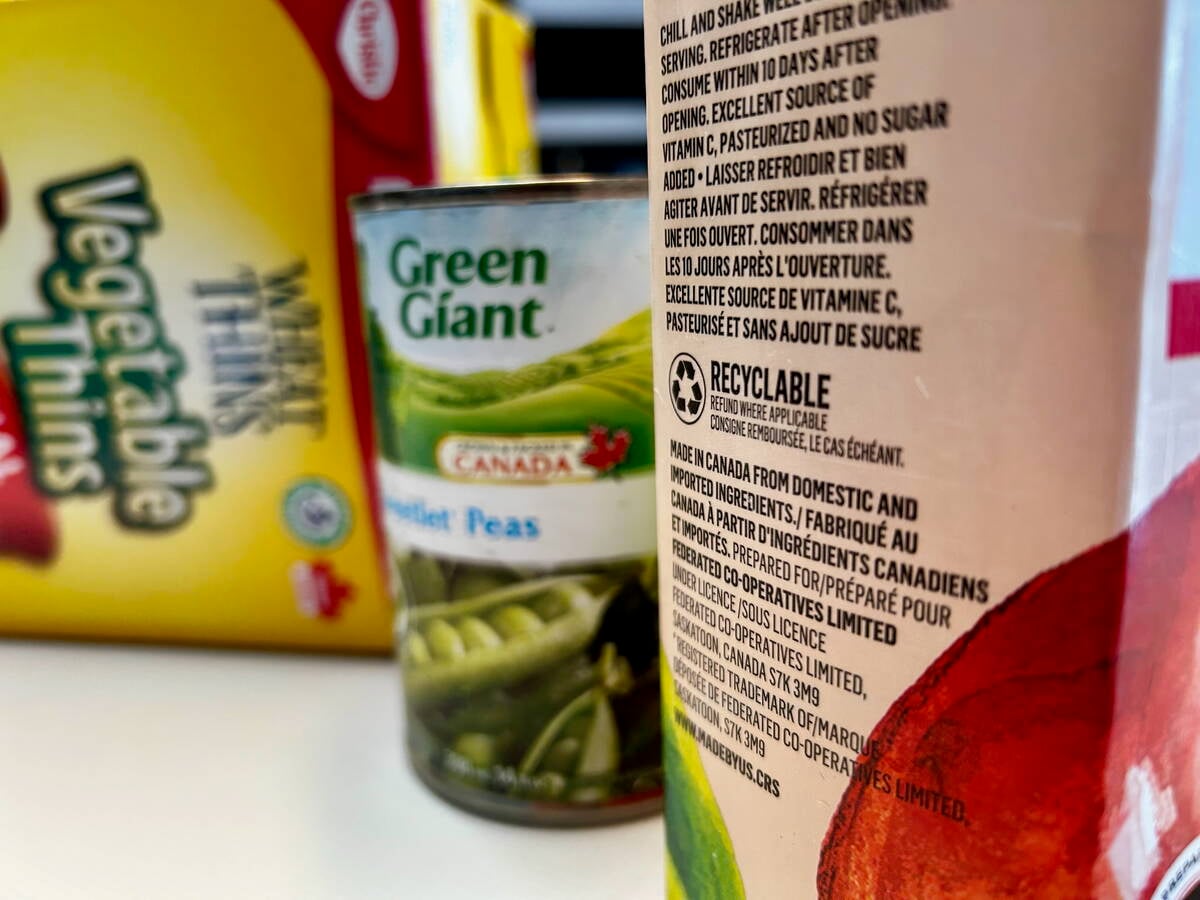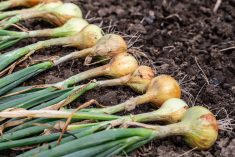Technology has significantly changed agriculture, reducing the amount of labour required to produce food.
As a result there are larger farms with more acres and many more animals per farmer. This means a small percentage of farmers produce a large percentage of the total.
However, this does not mean that big is the only way to success. There is room for all sizes of farms. Building a strong relationship with the consumer is today’s challenge for farmers.
Many people are taking advantage of today’s communication capabilities to find other sources for food. Consumers in the last decade have become more concerned about how and where the food they eat is produced, what types of food they eat and the impacts it has on health. Consumers are paying more attention to the food they consume. Locally sourced food is also important to many customers.
Read Also

Unclear food labels hinder Canada’s ‘buy local’ surge
“Maple-washing” on Canadian food packaging makes label claims hard to keep straight and hurts both farmers and consumers trying to buy Canadian, economist says.
At the 2016 CFFO Convention we invited four producers who have forged their own way of success with unique production methods. Size was not what led to success, but rather producing a specific product and finding a niche market for it. For example, one was able to earn a comfortable living from his pastured pork operation of only 20 sows. We have seen more examples of those who have established their success on remaining small and focusing on quality and customer relations instead.
Urbanites have become more interested in growing food as well, and so we see more community and backyard gardens. Some cities allow backyard chickens for eggs which also allows people to personally participate in the production of the food they eat. Take for example the city of Detroit, where abandoned homes have been removed and now there are gardens growing where once houses stood. This food production is done by local people and will be consumed by local residents. This is a simple example of how areas that once produced nothing now provide healthy food for local people.
Projects like these help food production because the consumers learn what it takes to produce food and the value of having local fresh food. Education especially by practical learning is great for the food industry.
A well-educated customer is a better customer. Whether large or small, today’s farmers will need to build relationships with both their neighbours and customers so that consumers have trust in the production of the food they eat, regardless who produces it.
Paul Bootsma is the Christian Farmers Federation of Ontario field service manager.















